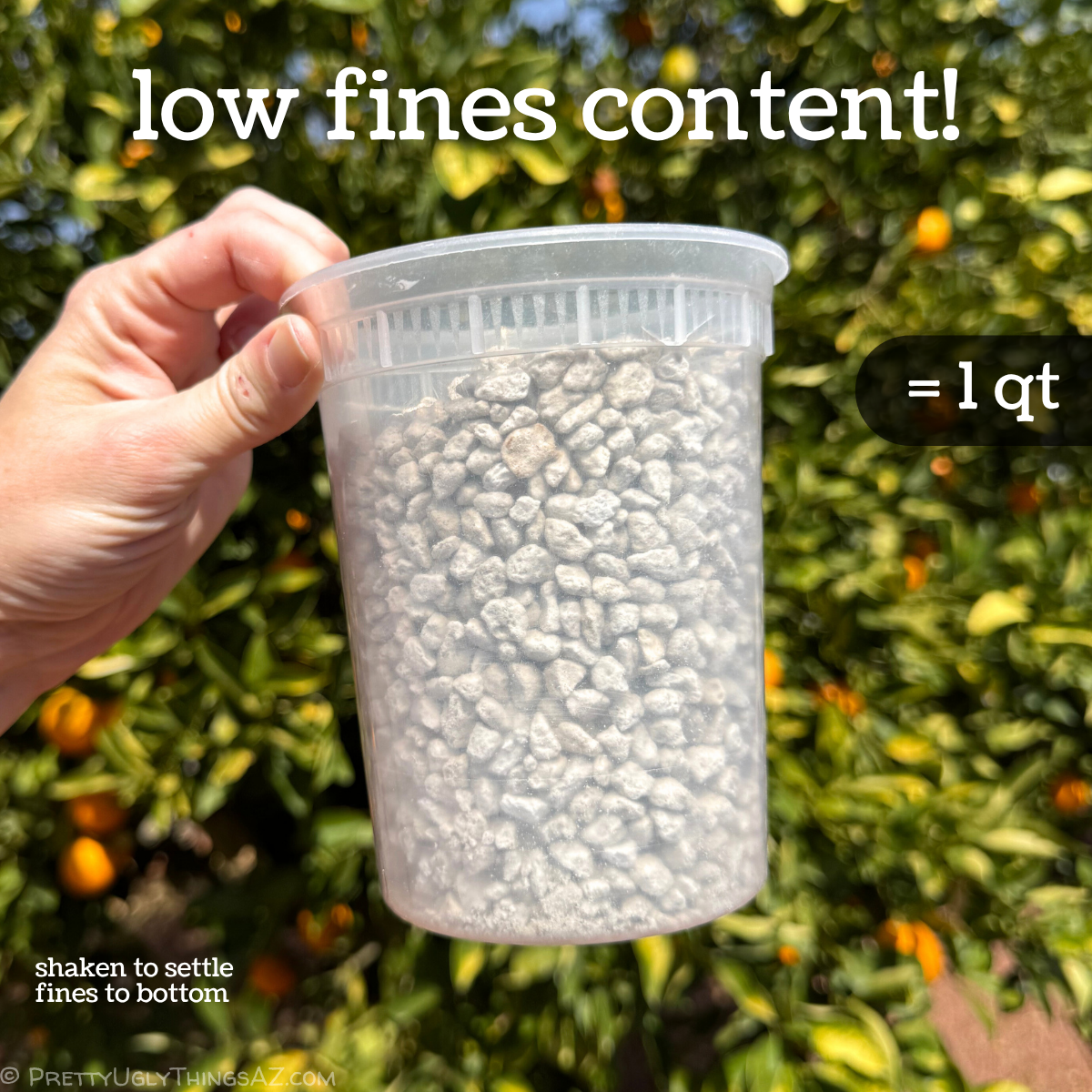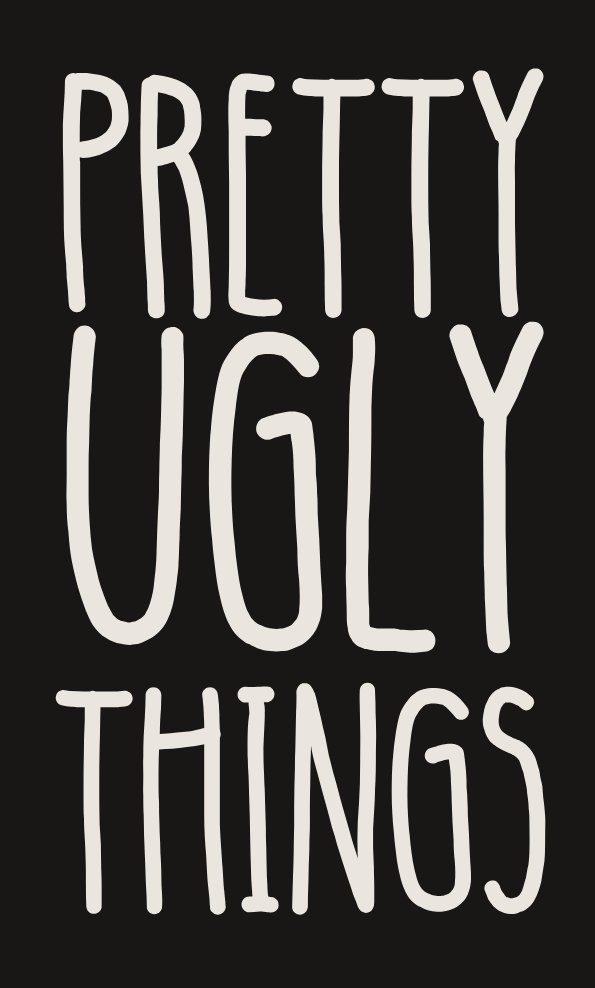Horticultural pumice, 1/4–3/8"
Horticultural pumice, 1/4–3/8"
Couldn't load pickup availability
Horticultural pumice with typical size around 1/4–3/8". The pumice has been sorted to remove foreign materials and reduce fines, but it is normal for it to contain the occasional rock (this is also volcanic rock!).
Available in sizes: 1 qt, 3 qt, 8 qt (2 gallons)
HOW MUCH DO I NEED? Pumice is very light! 1 dry qt is the plastic container shown, equal to about 0.9 lb of pumice; 3qt fills most of a 6" cubic box.
⚠️ **FINES (small pumice particles) easily become airborne and are hazardous to inhale. It is recommended to wear a mask and dampen pumice when using it to reduce risk. Getting pumice wet will also make it easier to mix into your soil—it has a tendency to bounce to the top because it is lightweight!**
Arizona is one of the largest producers of pumice in the US, mining ancient volcanic fields in the north of the state. Horticultural pumice is finely crumbled volcanic rock that is extra light because it solidified from lava foam so it is full of bubble holes.
Pumice is the secret to mixing a well-draining soil for cacti and succulents. It is a key component in DIY Pon mixes for bonsai and aroids like hoyas. My torch cacti enjoy a soil that is about 50-50 pumice mixed with organic soil. There literally is no such thing as "too much pumice" because a lot of plants are happy to grow in a 100% pumice soil similar to LECA—it's actually a common method for rooting cuttings.
For many cacti and succulents, inorganic soils like pumice mixed with small stones and other lava rocks more closely mimic the low-nutrient growing conditions they are accustomed to in nature. The porosity of pumice rock helps keep soil ultra lightweight, so roots stay airy and dry. At the same time the porosity retains low moisture levels well. When pumice is used liberally, water drains immediately but light moisture remains available to the plant in the rocks, so it is much more difficult to lose a plant to the soggy conditions that cause root rot.
Alternatively, pumice makes a decorative light colored and lightweight top-dressing that helps hold moisture in the soil (though I find it can discolor over time and repeated waterings).








